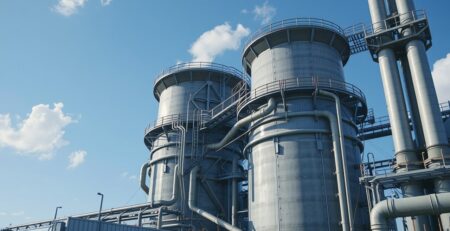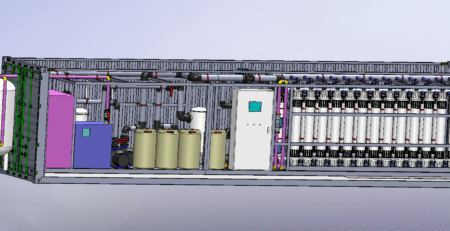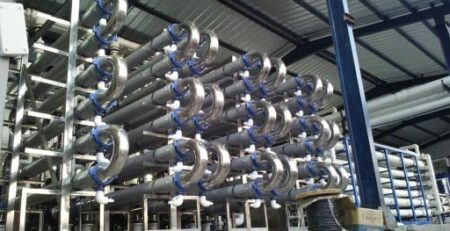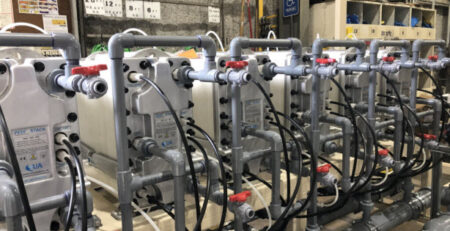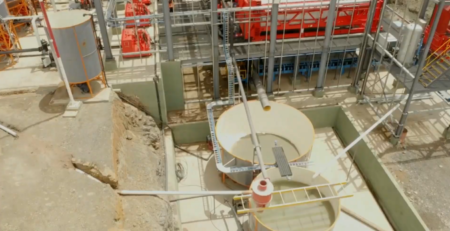Peru’s Expanding Market for Desalination Plants
Desalination plants are water treatment plants that purify water for consumption, industrial applications, and other purposes. Depending on the source of water, these facilities can be either on land or in the sea. The process of using seawater to desalinate water uses either natural or man-made sources of energy. These facilities also have environmental and economic implications. In some cases, the costs of building and operating a plant are borne by the society.
What is the Growth of Desalination Plant Market in Peru?
Peru has taken the first step in establishing water desalination plants along its coast. It is estimated that the country will need at least eighteen more plants by 2023.
The first of these, will benefit at least 100 thousand residents of South Lima. This is a small but significant step towards a more sustainable approach to supplying potable water to the nation.
Another important milestone is the construction of Peru’s first industrial desalination plant. Desalination is an efficient way of providing freshwater to communities in areas of the country where freshwater sources are scarce. However, it is not without its problems. As Peru continues to grow, the demand for water increases, while the country’s supply is dwindling. Consequently, the need for new, more reliable, and more environmentally friendly solutions to the problem is increasing.
Desalination plants are used for various purposes. For instance, the Candelaria copper ore mining project has a desalination facility. Using a combination of advanced technologies and innovative designs, a number of companies have already established themselves as leaders in the water treatment industry. While the benefits of desalination remain to be proven, this method is a feasible option for a country facing growing water shortage.
What are the Factors Affecting the Costs of Desalination Plant in Peru Market?
Costs of desalination vary considerably from one region to the next. The cost of desalination depends on a number of factors in Peru market, including the type of technology used, the size of the plant, its location, and the amount of raw water needed.
There are two types of processes to produce desalinated water: thermal desalination and ocean desalination. Thermal desalination uses heat energy to separate distillate from high salinity water. Ocean desalination is more expensive and involves once-through intake structures.
Both methods of production have been improved by about 50% in the last decade. Membrane systems require significantly less energy and produce much better-quality water.
Desalination plants may be combined with other methods to reduce costs. For example, a combination of advanced reuse and traditional treatment methods could be cheaper than the two options individually. Energy is the biggest component of the cost of producing desalinated water.
Desalination is a very competitive industry in Peru. Economies of scale drive the construction of large plants with a high recovery rate. However, this means that the plant is often located in a region with low-cost energy sources or by-products.
The costs of desalination are often borne by the society through taxes, cross-subsidies, and transfers. When these are properly managed, a sound pricing system can promote universal access to water.
In Conclusion
As the Peruvian economy grows, the country is faced with a growing demand for water. In response, the country’s Ministry of Housing, Construction and Sanitation has taken a first step towards building a network of desalination plants along the coast. Desalination is a process of producing water from seawater or groundwater. It is used in industry, agriculture and for domestic purposes.
Several factors influence the construction of a desalination plant in a particular area. The economic, social and legal context must be considered. A critical analysis of the Peruvian desalination sector can better understand the legal and political dynamics that govern the development of this type of project.





